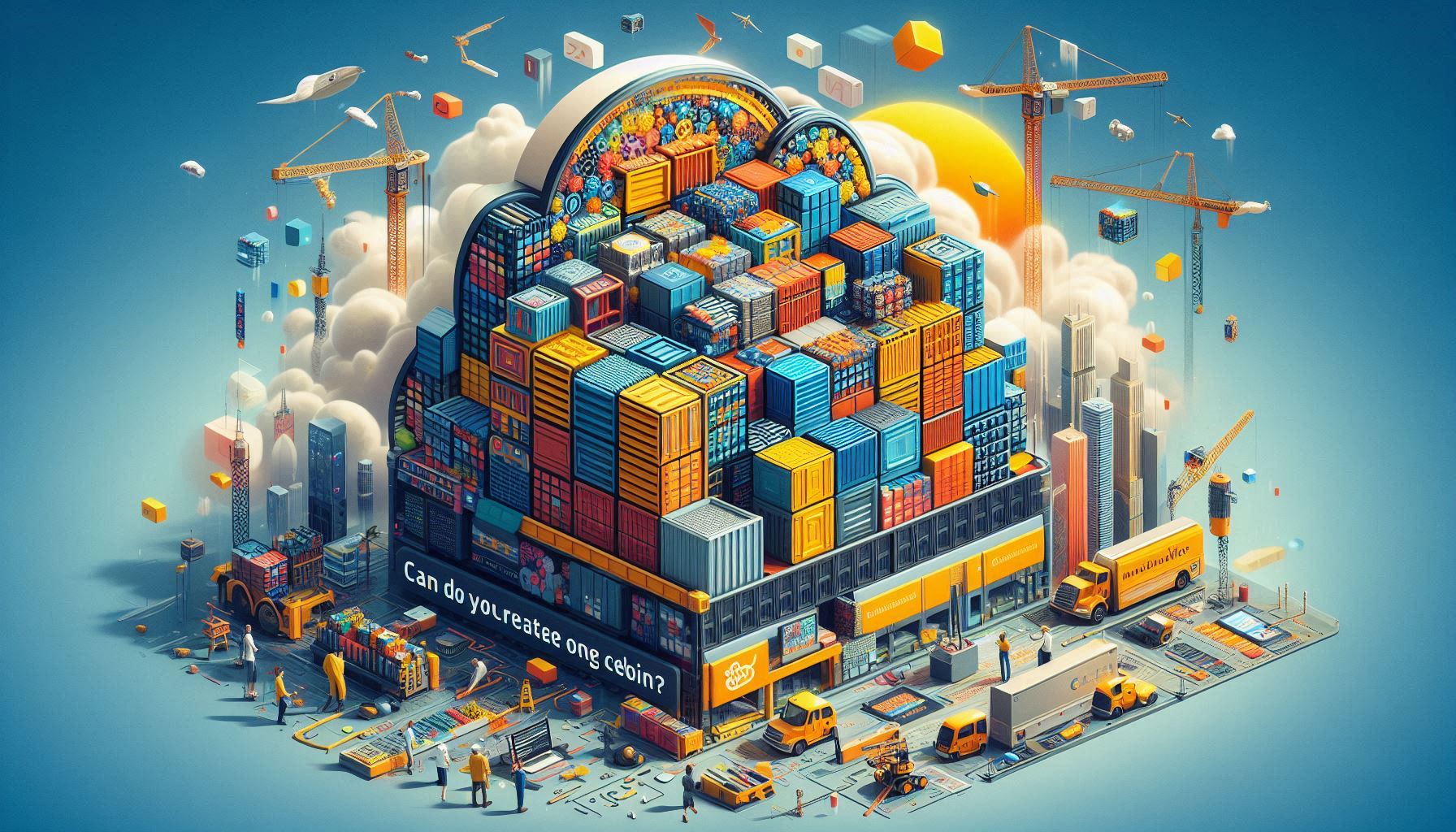Kubernetes & Microservices: The Future?
Introduction
Kubernetes has revolutionized cloud-native application deployment, while microservices have enabled scalable and modular architectures. However, as the complexity of distributed systems grows, organizations are looking beyond traditional Kubernetes orchestration. With the rise of AI, serverless computing, and platform engineering, what does the future hold for Kubernetes and microservices? This article explores the evolving trends and innovations shaping the next generation of application orchestration.

The Evolution of Kubernetes Orchestration
Kubernetes, originally developed by Google, has become the de facto standard for container orchestration. However, its complexity has prompted innovations to simplify operations while improving scalability and performance. Here are some key trends:
1. Serverless Kubernetes and Knative Adoption
-
Kubernetes will continue moving towards serverless models, where developers focus solely on code without managing infrastructure.
-
Knative and AWS Fargate-like solutions will gain traction, reducing operational overhead.
2. AI-Driven Orchestration and Autonomous Operations
-
AI-powered Kubernetes operators will handle workload scheduling, auto-scaling, and anomaly detection without human intervention.
-
Tools like KubeFlow and AI-driven AIOps will automate optimization, self-healing, and predictive scaling.
3. Edge Computing and Decentralized Kubernetes
-
With IoT and 5G advancements, Kubernetes will expand beyond cloud data centers to edge locations, optimizing workloads closer to users.
-
Lightweight distributions like K3s and MicroK8s will become essential for edge deployments.
4. Multi-Cloud and Cross-Cloud Orchestration
-
Hybrid and multi-cloud Kubernetes will mature, enabling seamless workload portability across AWS, Azure, and GCP.
-
Technologies like Kubernetes Federation (KubeFed) and Crossplane will facilitate unified management across cloud providers
The Future of Microservices Architecture
Microservices architecture has enabled modular and scalable application development, but it also introduces challenges such as operational complexity and observability. Emerging trends aim to address these issues:
1. AI-Optimized Microservices
-
AI-driven service discovery, intelligent routing, and real-time anomaly detection will enhance microservices resilience.
-
utomated dependency mapping and failure prediction will help streamline troubleshooting.
2. Service Mesh Evolution
-
Service meshes like Istio and Linkerd will become more lightweight, reducing resource consumption and simplifying adoption.
-
AI-enhanced observability and security policies will improve microservices governance.
3. WebAssembly (Wasm) and Beyond Containers
-
WebAssembly (Wasm) will gain traction as an alternative to traditional containers, offering faster, more efficient execution of microservices.
-
Wasm’s portability and security benefits will enable microservices to run in browsers, edge devices, and cloud environments with minimal overhead.
4. Event-Driven and Stateful Microservices
-
Event-driven microservices will dominate, leveraging real-time streaming platforms like Kafka and NATS.
-
Stateful microservices will be better supported with technologies like Kubernetes StatefulSets, simplifying state management in cloud-native applications.
What’s Next? Beyond Kubernetes
While Kubernetes remains the backbone of cloud-native computing, new innovations will shape its future and possibly redefine application orchestration:
1. Platform Engineering and Developer Abstraction
-
Organizations will move towards Internal Developer Platforms (IDPs) to abstract Kubernetes complexities.
-
Tools like Backstage and Crossplane will provide a more streamlined developer experience by enabling declarative infrastructure management and reducing operational complexity.
2. AI-Powered DevOps (AIOps)
-
AI-driven infrastructure automation will lead to self-optimizing clusters that adapt based on real-time demand.
-
Auto-generated Kubernetes manifests, policy enforcement, and security compliance will be fully automated.
3. Kubernetes Alternatives and Post-K8s Era
-
New container orchestration models may emerge that reduce the overhead of Kubernetes.
-
Technologies like Unikernels and decentralized computing models could reshape cloud-native application deployment.
Further Reading
- Kubernetes vs Docker: A Comprehensive Comparison
- How AI is Revolutionizing DevOps Automation
- AI Super Agents: The Future of Automation in Tech and Jobs
- Top Automation Tools for DevOps in 2025